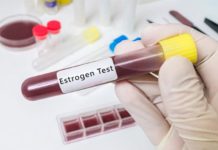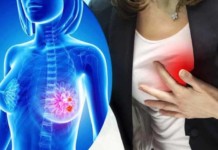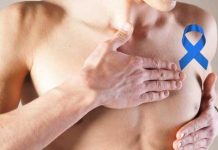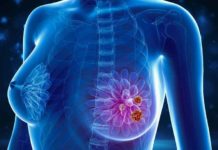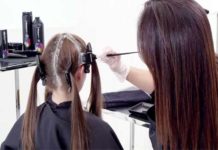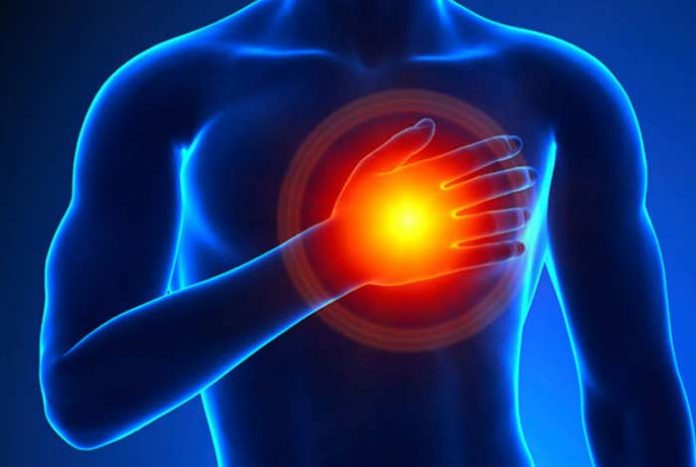
Overview and Facts
Puberty is phase of life during which, a person attains sexual maturity accompanied by numerous physical changes. It affects both men and women, but differently. It is a long-term process, which starts with shooting up of the production of hormones that leads to physical changes in the body.
Early in puberty, many boys experience soreness or tenderness around the nipples. Around 75% of them observe some growth of breast. It is the consequence of a biochemical reaction that changes their testosterone into female sex hormone, called estrogen.
Sometimes, there is growth of breast by about 2 inches in diameter under the nipples. Rarely or occasionally, it may be more severe leading to gynecomastia. However, gynecomastia should not be confused with lipomastia, also known as adipomastia.
Lipomastia refers to the accumulation of adipose or fatty tissues in the male chest area with no anomaly in the mammary glands. Whereas, gynecomastia refers to the growth of mammary tissue in the male chest due to hormonal imbalance caused by excess estrogen production. Besides, accumulation of fat tissues can also increase the level of estrogen. Hence, lipomastia and gynecomastia can coexist.
This unusual process of breast development can be distressing in boys, who are trying to create an identity for themselves. Boys may suddenly start hitting the gym or refuse to be seen without a shirt when this condition develops in boys.
It must be noted that all boys and men have breasts, but the amount of breast tissue is small enough to be visible. Boys as babies have some swelling in their nipples when they are born. Girls also have this swelling. In infants, gynecomastia affects over 50% of males due to mother’s estrogen that travels in their bloodstream and the breasts may appear swollen. This usually goes away in a span of 3 months.
During puberty, many hormones are made by the body. Along with androgens (male hormones), some amount of estrogen (female hormone) is also produced. While the hormones are sorting themselves out, the boys start developing some breast tissue during the process. When the breast tissue is so large that it starts to be visible, it is referred to as gynecomastia.
Swelling can be observed under one or both the nipples. This leads to tenderness and soreness. Breasts may not grow much bigger, but swelling may remain for some time while going through puberty. The boys might feel as if everyone is able to notice their breasts, but this may not be true. Around 65% of the boys will have some breast tissue. However, it must be kept in mind that gynecomastia is a normal condition and does not lead to other health issues. Breast tissue does not stay for a longer duration and usually, go away by the age of 20.
A point that must be understood is that if a person is overweight, he may have some fat tissue under the skin around the breasts. This condition is known as lipomastia and is different from the enlarged breast that happens because of hormonal imbalance, known as gynecomastia.
Boys are not very happy with this condition as they feel they are turning into girls or that they may be having breast cancer. In such cases, physical examination must be done to know the exact cause of enlargement of breasts. Whatever may be the cause, surgery is an option to reduce the enlarged breasts and improve the aesthetics.
Types and Symptoms of Gynecomastia
Types of Gynecomastia:
The American Society of Plastic Surgeons have classified gynecomastia into four grades based on severity; ranging from very mild to severe. It is also divided on the basis of breast enlargement size and femininity of the breasts. Grade 1 is mild, while grade 4 is the most severe one, marked by feminization of the male chest.
|
Grade or Type |
Description |
Severity |
|
1 |
Concentration of issue around the areola |
Very Mild |
|
2 |
Breast enlargement exceeding boundaries of aerola with edges not differentiated from the chest |
Mild to High |
|
3 |
Moderately enlarged breasts which can be differentiated from the chest |
High |
|
4 |
Visible breast enlargement with feminization of the breast |
Severe |
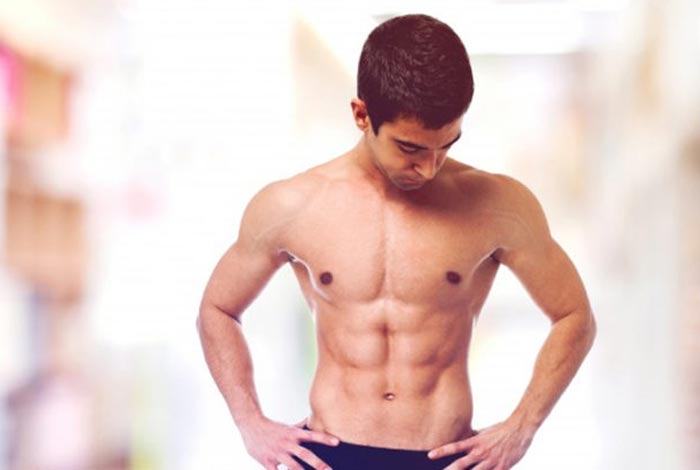
Symptoms of Gynecomastia:
Major symptoms of gynecomastia are listed below:
- The main symptom is enlargement of one or both breasts. The glandular tissue enlargement occurs in both breasts but in some cases it may appear in one. Growth may appear behind the nipple
- Breast or nipple may develop tenderness and may create sensations of pain on touching
- There may be development of breast bud in one or both breasts which start during puberty and may stay on for two years.
- There may be occasional discharge from nipples. One may find hard or lumpy swelling.
- Lumps may be seen under the arms
- Another rare symptom is breast abscess. In this, the affected person may develop fever or chills. Swelling is painful and skin across the swelling may look reddish in appearance.
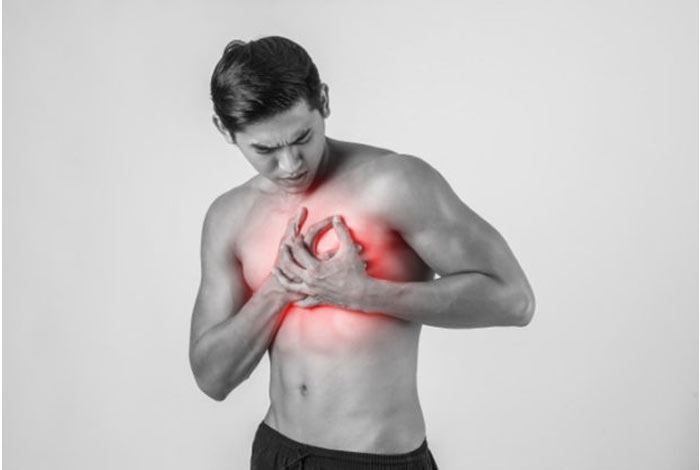
Risk Factors of Gynecomastia
Risk factors for Gynecomastia are discussed below:
- Aging: Hormonal changes occurring with aging can lead to gynecomastia particularly in overweight men.
- Tumors: Some tumors like those related to testes, adrenal glands can produce hormones that change the balance of male and female hormones.
- Hypogonadism: Any condition that intervenes with the production of testosterone like pituitary insufficiency can be related to gynecomastia.
- Kidney Failure: Around 50% of people who are undergoing hemodialysis face gynecomastia because of changes in hormones.
- Liver Failure and Cirrhosis: Fluctuations or changes in hormones related to liver problems and consuming medications for cirrhosis are related to gynecomastia.
- Malnutrition: The levels of testosterone dip when body is not given adequate nutrition. However, estrogen remains at the same level. Thus, there is imbalance in hormones which may lead to gynecomastia.
- Use of Anabolic Steroids: Using anabolic steroids or androgens for improving athletic performance might lead to the development of breasts in males.
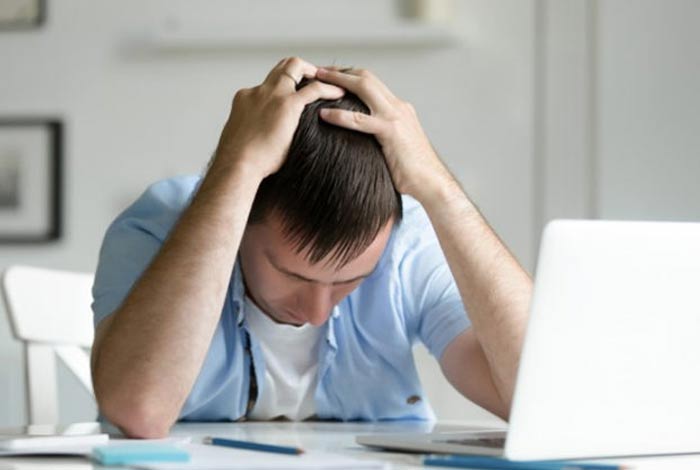
Do I have Gynecomastia?
There are some conditions that have symptoms similar to those of gynecomastia. These include:
- Fatty Breast Tissue: Some boys and men have chest fat that may look like a sign of gynecomastia. This is called as false gynecomastia or pseudogynecomastia, which is completely different from gynecomastia.
- Breast Cancer: This is rare in men, but we cannot rule out the complete possibility. Enlargement of breast or presence of firm nodule indicates the possibility of male breast cancer.
- A Breast Abscess (Mastitis): This is infection of the breast tissue.
Therefore, it is important to consult a doctor for correct diagnosis.
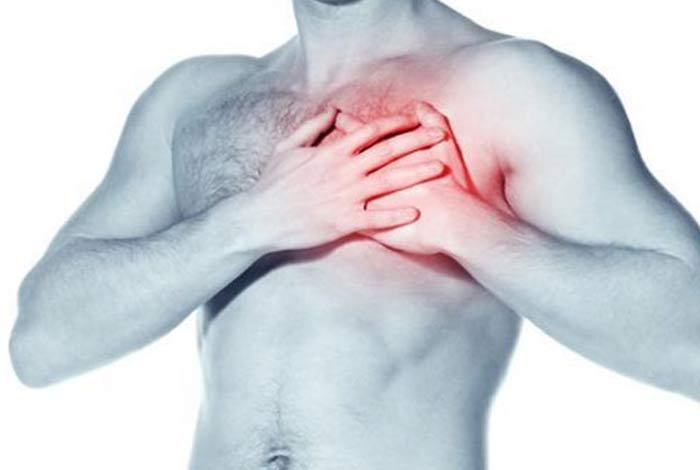
Causes and Prevention of Gynecomastia
Causes of Gynecomastia:
Generally, gynecomastia develops from hormonal imbalance in the body. Regardless of gender, everybody has both male and female hormones. Gynecomastia occurs in men when the female hormone (estrogen) in the body exceeds the normal range. This can occur temporarily in boys during their development ages. As the hormone levels come back to normal, the condition gets resolved on its own.
In some cases, medical conditions or treatments can lead to development of breasts in boys. Some conditions that lead to gynecomastia are:
- Liver cirrhosis
- Kidney failure
- Malnutrition or starvation
- Aging
- Testicular cancer
- Antiandrogen treatments for prostate cancer
- Hyperthyroidism
- Disorders of the testes, inborn disorders, trauma
Use of certain medications is also related to gynecomastia. Some examples are diuretic spironolactone, calcium channel blockers, angiotensin-converting-enzyme (ACE) inhibitors for the treatment of hypertension, antibiotics, highly active antiretroviral therapy for HIV can all lead to redistribution of fat, leading to gynecomastia.
Alcohol and drug abuse is also known to cause gynecomastia. Lavender oil and tea tree oil when used as skin care products are also associated with causing gynecomastia.
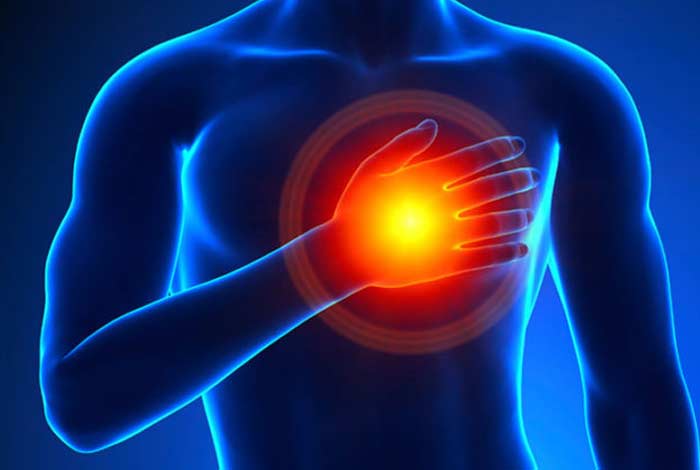
Prevention of Gynecomastia:
Making appropriate lifestyle choices is a good option for preventing gynecomastia that is not related to any underlying disorder. Alcohol consumption in excess can disturb the balance of the sex hormones. Bodybuilders must refrain from using anabolic, which is associated with causing disturbance in the production of sex hormones. Using marijuana is also liked known to increase the levels of estrogen. Besides, proper diet and exercise help reduce the risk of pseudogynecomastia.
Prevention of gynecomastia, caused by disorders or other therapies, can be done with medications that reduce the changes in the balance of the male and female hormones.

Diagnosis and Tests for Gynecomastia
Doctor begin by asking questions about medical and drug history, and what conditions run in the family. Physical examination might be done by the doctor which includes evaluating breast tissue, genitals and the abdomen. Initial tests for determining the cause of gynecomastia are as follows:
- Blood tests
- Mammograms
Further testing may be needed based on the results of initial tests. These may include:
- Computerized tomography scan (CT)
- Magnetic resonance imaging scans (MRI)
- Testicular ultrasounds
- Tissue biopsies
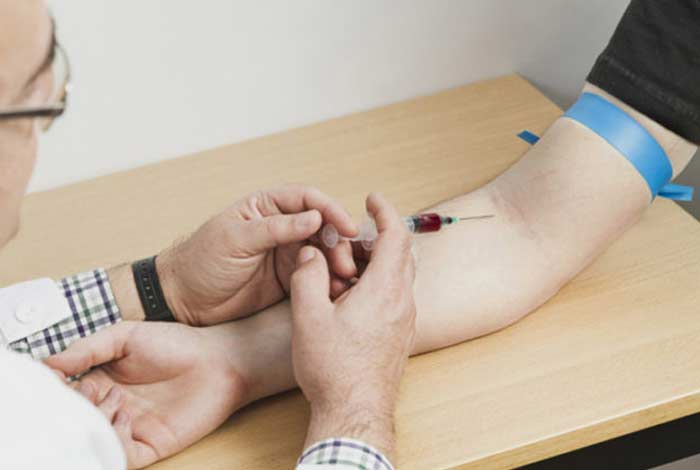
Treatment and Care for Gynecomastia
Most cases of gynecomastia get resolved on their own. However, if it is caused by some medical condition like hypogonadism and malnutrition, then treatment may be required.
In adolescents with no real cause of breast development, the doctor may ask him to have periodic evaluations every three to six months to know if the condition has improved. The condition goes away on its own in a period of two years if not treated.
Medications: Medicines for treating breast cancer and other conditions like tamoxifen, raloxifene, aromatase inhibitors may be useful in some boys facing breast development.
Surgery: If there is breast enlargement despite initial treatment or observation, surgery may be advised. The surgery options are:
- Liposuction: This surgery removes the breast fat, but not the breast gland tissue.
- Mastectomy: This procedure removes the breast gland tissue. The surgery is done endoscopically.
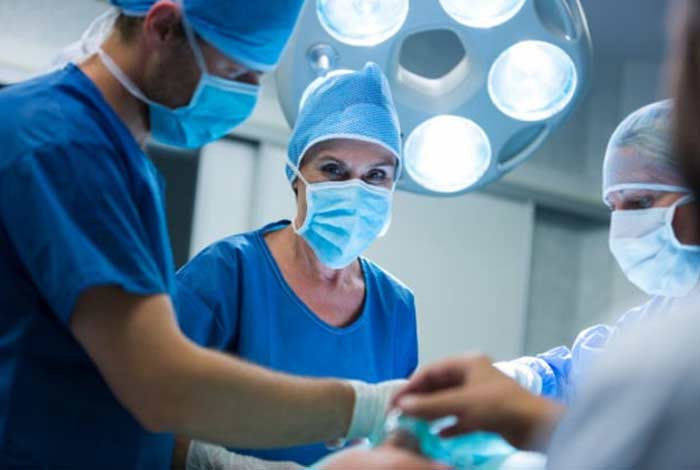
OTC Medications and Self-Management Methods for Gynecomastia
Over-the-Counter (OTC) Medications for Gynecomastia:
There are no over-the-counter (OTC) medicines available to stop the development of breasts in boys. This, however, occurs due to low levels of testosterone in comparison to the levels of estrogen. Hence, supplements that boosts the levels of testosterone is a good to go option for treating breast development in boys.
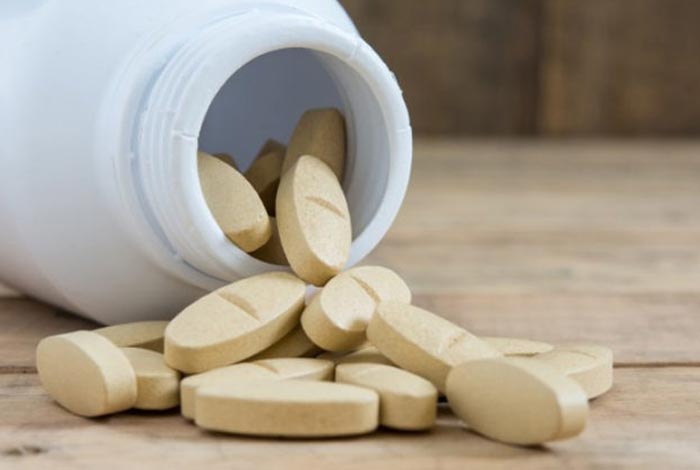
Self-Management Methods for Gynecomastia:
For a boy, enlarged breasts can be distressing, and can cause embarrassment. Breasts in men are difficult to hide, and to live through the condition can be very challenging. Young boys, who have developed breasts during puberty, get teased by their peers. It may be shameful for them to swim or change clothes in the presence of others. Whatever your age, you may feel socially and emotionally unhappy with yourself if you have developed the condition.
You can take the following steps to cope up with conditions:
- Get yourself Counseled: Talk therapy can help you deal with anxiety and depression caused due to breast development. Find a support group and talk it out with people, who are going through the similar condition. You might find them more relatable.
- Reach out to Friends and Family: It may be very embarrassing to talk to your family or friends about the condition you are going through. But, if you explain them your situation and let them know what you are going through, then you can develop a stronger bond. This will help you reduce the stress level as well.

Natural Ways to Cure Gynecomastia
The following are natural remedies can be used to treat the condition:
- Turmeric: This spice is known to increase the level of testosterone in males. When there is an increase in the levels of testosterone, the size of the male breasts gets reduced. It also helps in burning fat.
- Fish Oil: It is rich in omega-3 fatty acids, which is good for men with breast development as they help in the production of testosterone. Moreover, these fatty acids reduce the levels of estrogen, which has a major role factor in the development of breasts in men. Fish oil supplements can also be taken.
- Cold Compress: Breast development in boys can lead the breasts to become tender and painful. Cold compress may be applied for tender breasts. Cold temperature will cause the contraction of the tissues; thereby, reducing swelling and pain.
- Passion Flower: It contains a compound called chrysin – a flavone –that prevents the breakdown of testosterone.
- Zinc: Consuming foods containing zinc can help in treat breast development in boys, particularly when it occurs due to low testosterone level. It has been found that level of testosterone can be increased by consuming zinc-based supplements.
- Milk Thistle: If the enlargement of breasts is due to liver disease, milk thistle is a good option. Silymarin is the core component of milk thistle, which helps improve the functioning of liver.
- Flax Seeds: These contain omega-3 fatty acids that increase the levels of testosterone and reduce estrogen levels. Flax seeds have lignans that have antiestrogenic properties. It also aids in removing harmful elements from the body.
- Exercise: It can help men with gynecomastia as it balances the levels of hormone. Also, some exercises can help build muscles of chest and torso.
- Epsom Salt Bath: It is made up of magnesium sulphate that assists in the process of detoxification and helps in balancing hormones.
- Dandelion: This herb has a diuretic effect, which means, it can remove excess water and harmful chemicals. It also removes excess estrogen from the body. Further, it breaks down carbohydrates, causing less storage of fat in the body.
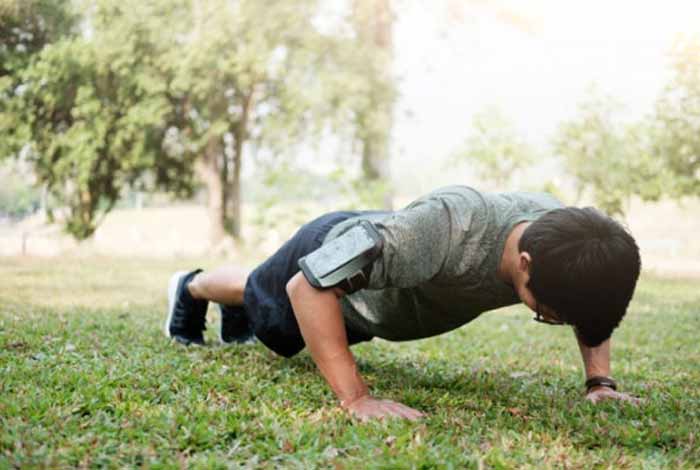
Health Tip by Expert
If there is no underlying condition and gynecomastia lasts for more than a year, surgical removal of breast tissue should be performed that leads to good cosmetic results.

